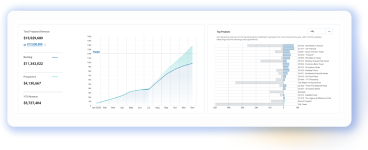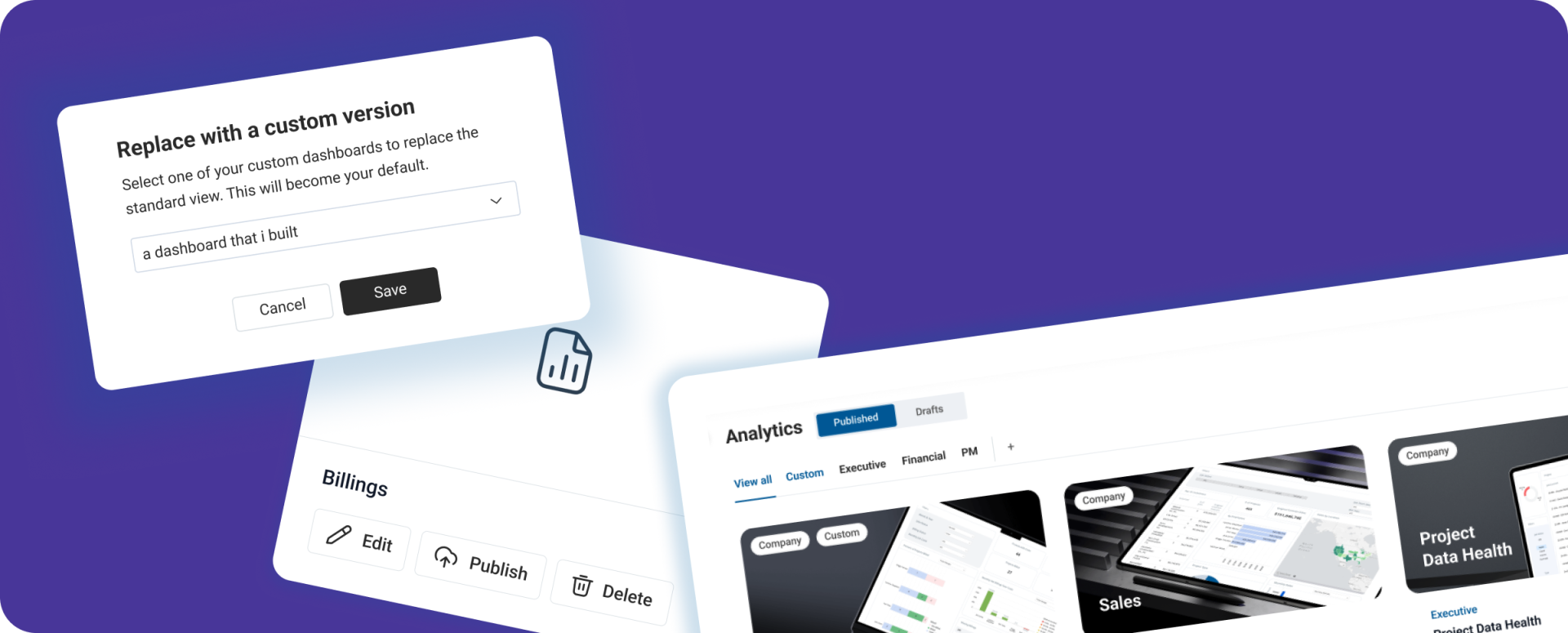In Part 2, we explored practical techniques for crafting compelling data stories tailored to construction project managers’ challenges and opportunities. We discussed structuring stories using methods like the 5W1H framework, choosing between linear and branched narratives, and adapting Pixar’s storytelling techniques to bring data to life. These tools help translate data into actionable insights that drive project success.
Now, it’s time to look beyond individual stories. Part 3 focuses on cultivating a culture of data-driven decision-making within your team and organization. In construction, a strong data culture ensures that everyone—from field teams to executives—can confidently interpret, share, and act on data. This final installment will guide you in nurturing a collaborative environment where data stories are not just tools but integral to how your team works. Let’s explore how to embed storytelling into your processes and unlock the collective power of your data.





